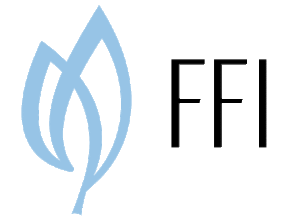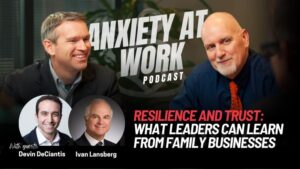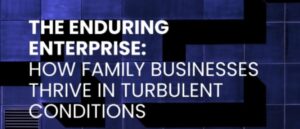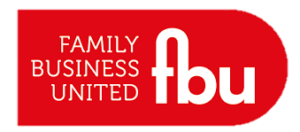About the Book
 The Enduring Enterprise, showcases families from around the world who have thrived for generations under uncertain and unpredictable conditions, and highlights what their survival and success can teach business leaders everywhere.
The Enduring Enterprise, showcases families from around the world who have thrived for generations under uncertain and unpredictable conditions, and highlights what their survival and success can teach business leaders everywhere.
Why, you might wonder, would operating in New Delhi or Lagos have any relevance to some of the world’s most sophisticated businesses in New York or London?
The answer is simple: stability within these privileged environments is evaporating before our very eyes as we enter a New Age of Uncertainty. Polarization is increasing and trust in institutions is declining, a sharp reversal of a global trend that has supported economic development and commercial activity for nearly a century. Consequently, success will require a fundamentally different approach to governance, organizational design, and business strategy.
To thrive in all seasons, we need to anticipate and plan for periods of inevitable change. We must prepare our businesses, our ownership, our families, and ourselves to navigate with confidence through both fair and stormy weather.
By planning both for good times and bad, and investing in stabilizing strategies that have been tested in some of the world’s toughest conditions, businesses everywhere can better prepare for and capitalize on the challenges and opportunities that will inevitably arise as we enter the New Age of Uncertainty that lies ahead.
Audiobook Sample
What Leaders are Saying



Interviews & Articles
Podcasts
Book Reviews



























